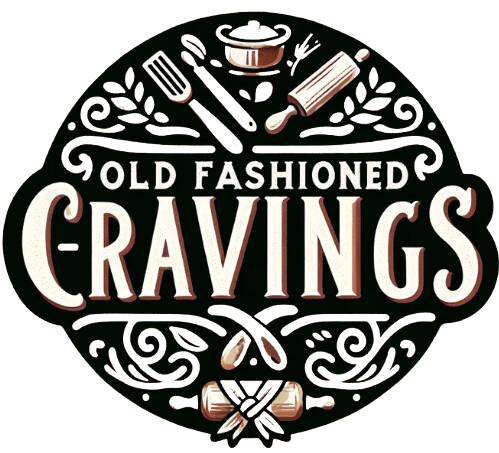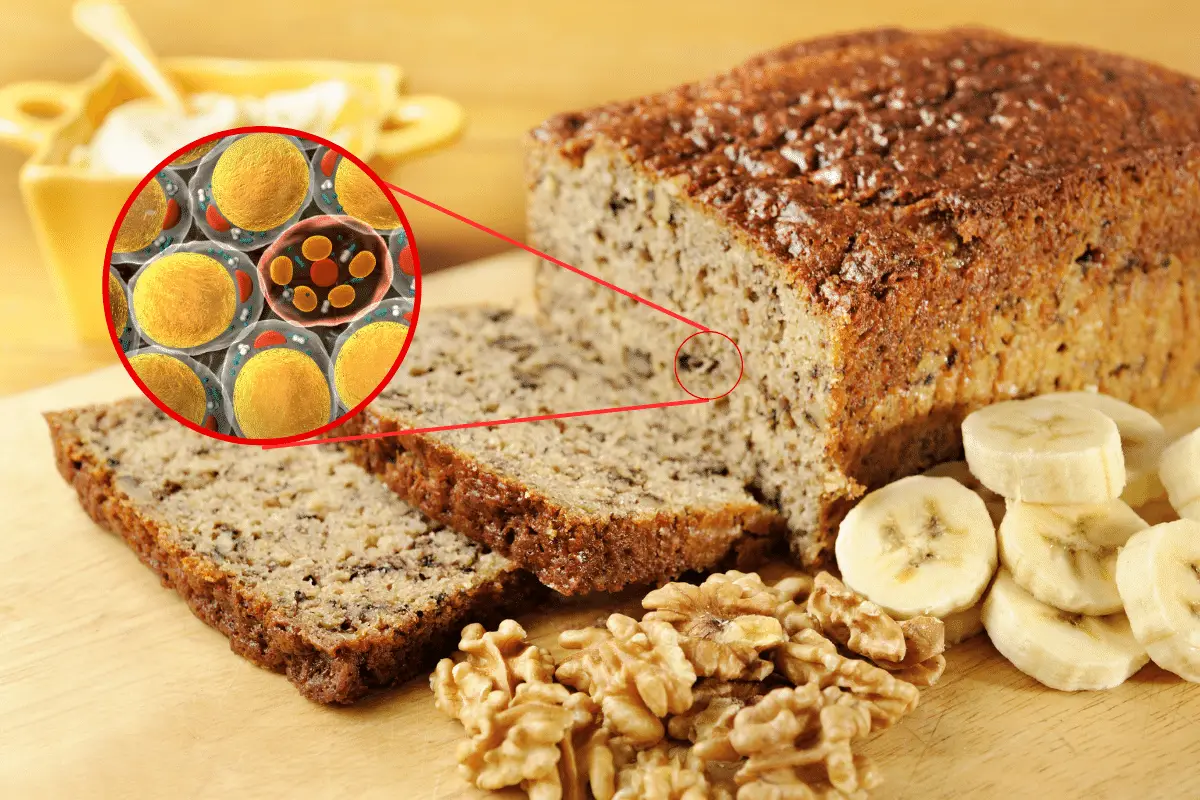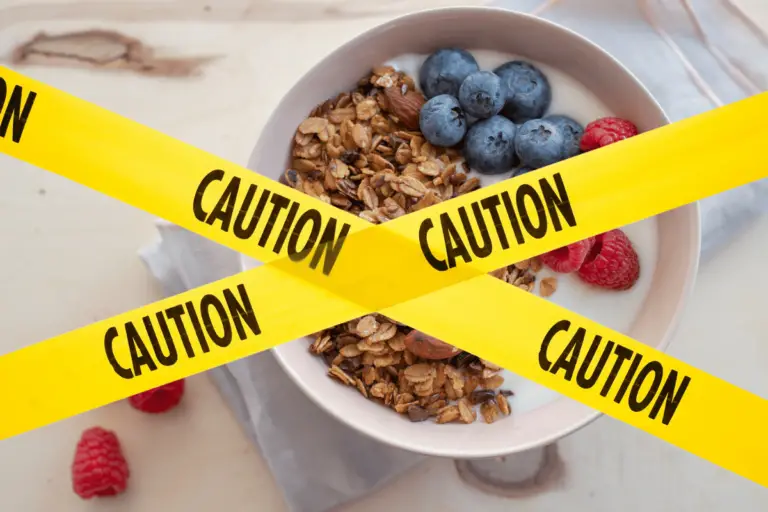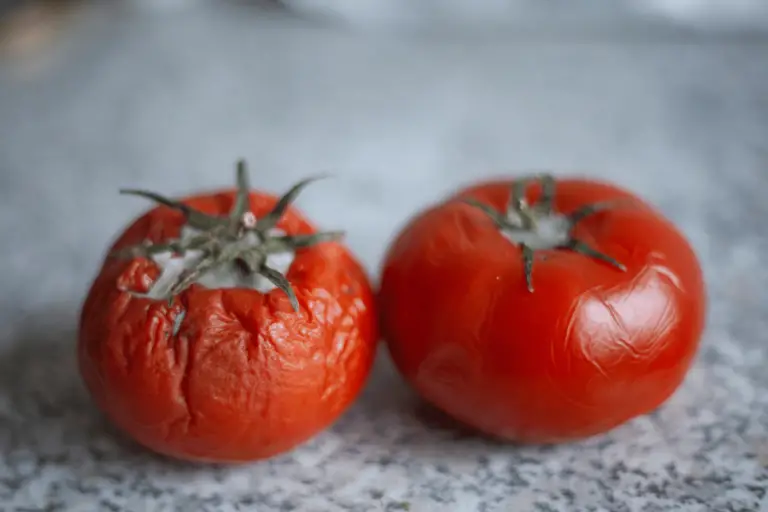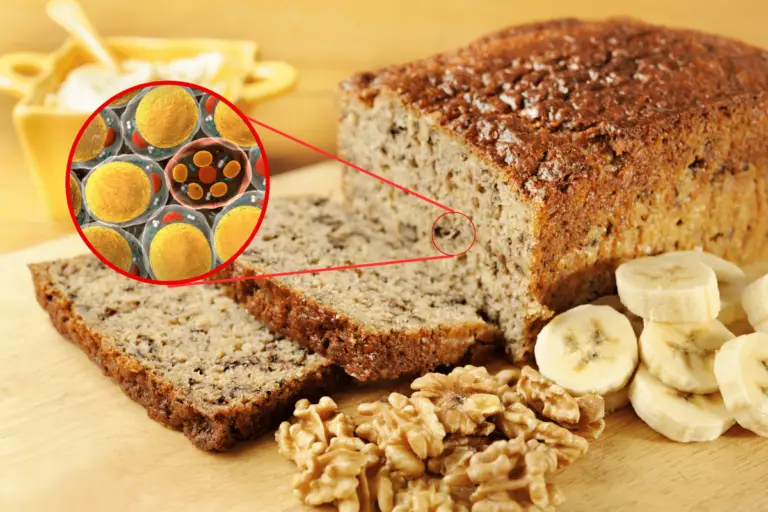The Surprising Unhealthy Side of Popular ‘Health Foods’ – What Nutritionists Won’t Tell You!
In today’s health-conscious world, supermarkets and cafes are overflowing with products labeled as ‘healthy,’ ‘natural,’ or ‘organic.’
But are these foods genuinely as beneficial as they claim to be? Despite their positive image, some popular health foods may not be as wholesome as they seem. Let’s uncover the surprising unhealthy side of these foods – aspects that even some nutritionists might not tell you about!
1. Multigrain and Wheat Breads
The Myth: Multigrain and wheat breads are often seen as the healthier siblings of white bread, lauded for their fiber content and natural ingredients.
The Reality: Unfortunately, not all breads labeled as ‘multigrain’ or ‘wheat’ are created equal. Many contain refined grains and a significant amount of added sugar. Some are barely different from white bread in terms of nutritional value. The key is to look for breads that list whole grains as the first ingredient and have minimal added sugars.
2. Bottled Green Teas
The Myth: Green tea is renowned for its antioxidants and health benefits, leading many to choose bottled green tea for convenience.
The Reality: Many bottled green teas are loaded with sugars and artificial flavors, negating the health benefits of green tea. In some cases, they contain little actual tea. Brewing your own green tea at home is the best way to enjoy its health benefits without the unhealthy additives.
3. Veggie Chips
The Myth: Veggie chips are marketed as a nutritious alternative to regular potato chips, presumably packed with the goodness of vegetables.
The Reality: Most veggie chips are just potato chips in disguise, with traces of vegetable powders for color. They are often deep-fried and contain as much fat and sodium as regular chips. Opting for actual vegetables is a far healthier choice.
4. Store-Bought Smoothies
The Myth: Smoothies, especially those that include fruits and vegetables, are often considered a healthful meal replacement or snack.
The Reality: Store-bought smoothies can be deceptive; they often contain high levels of sugars and calories, sometimes more than an average dessert. If you’re a smoothie fan, consider making them at home where you can control the ingredients and avoid added sugars.
5. Protein Bars
The Myth: Protein bars are a convenient way to increase your protein intake, often associated with fitness and a healthy lifestyle.
The Reality: While they do provide protein, many commercial protein bars are also packed with added sugars, unhealthy fats, and preservatives. They can be more akin to candy bars in terms of nutritional value. It’s better to consume natural protein sources or choose bars with minimal and recognizable ingredients.
5 Alternatives Snack Ideas That Are Actually Healthy
Certainly! If you’re looking to make healthier choices, here are five nutritious alternatives to popular ‘health foods’ that often fall short of their healthy image:
1. Switch to 100% Whole Grain or Sprouted Bread
Instead of opting for multigrain or wheat breads that may contain refined grains and added sugars, choose 100% whole grain or sprouted breads. These breads are made with whole, unrefined grains and seeds, offering more fiber and nutrients. Look for breads where whole grains are listed as the first ingredient and check for minimal added sugars.
2. Brew Your Own Green Tea
Replace bottled green teas, which can be high in sugar, with freshly brewed green tea. It’s easy to make and ensures that you get the maximum antioxidants without any unhealthy additives. You can add a slice of lemon or a small amount of honey for natural sweetness.
3. Snack on Real Vegetables
Instead of reaching for veggie chips, which are often just potato chips in disguise, snack on real, raw vegetables like carrots, bell peppers, cucumbers, or cherry tomatoes. Pair them with healthy dips like hummus or guacamole for added flavor and nutrients.
4. Make Homemade Smoothies
Avoid store-bought smoothies, which can be loaded with sugar, and make your own at home. Use fresh or frozen fruits, a handful of greens like spinach or kale, and a liquid base like water, almond milk, or coconut water. You can add a scoop of protein powder, chia seeds, or a spoonful of nut butter for extra nutrition. This way, you control the ingredients and sugar content.
5. Opt for Natural Protein Sources or Minimal Ingredient Protein Bars
Instead of consuming processed protein bars that might be high in sugar and additives, go for natural protein sources like Greek yogurt, nuts, seeds, or lean meats. If you prefer protein bars for convenience, look for those with a short list of recognizable ingredients and without added sugars or artificial sweeteners.
The Wrap-Up
It’s crucial to go beyond the marketing hype and examine what’s truly in your food. Always read labels carefully and look for products with simple, whole food ingredients.
Remember, the healthiest foods are often those that don’t need an ingredients list – fresh fruits, vegetables, whole grains, nuts, and seeds. By being a little more discerning in your choices, you can ensure that you’re truly eating for your health.
